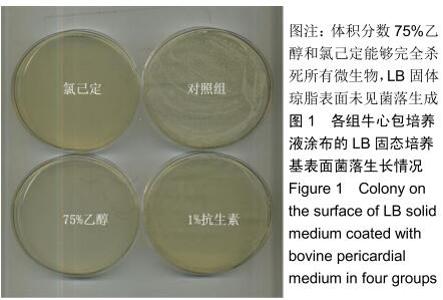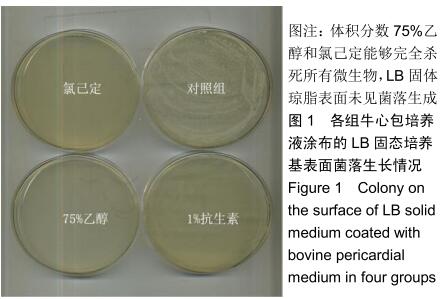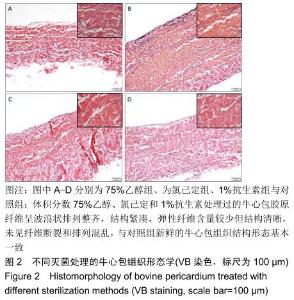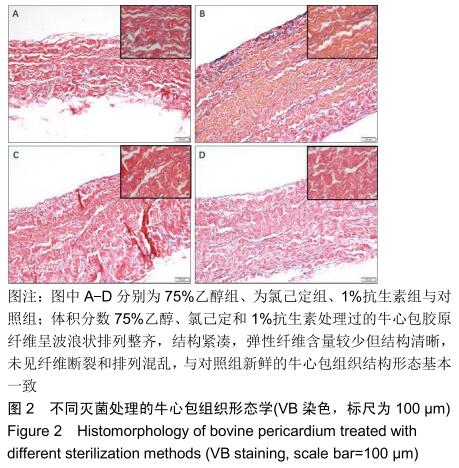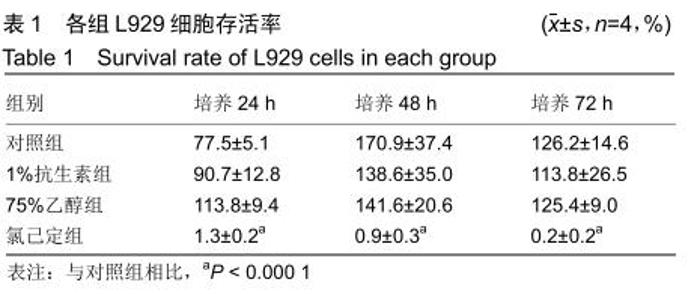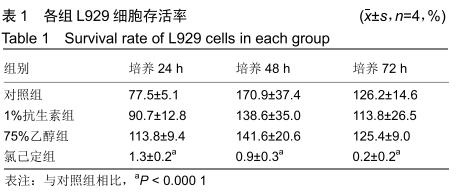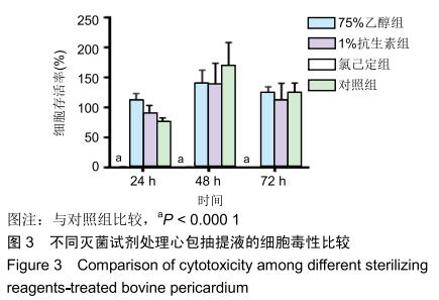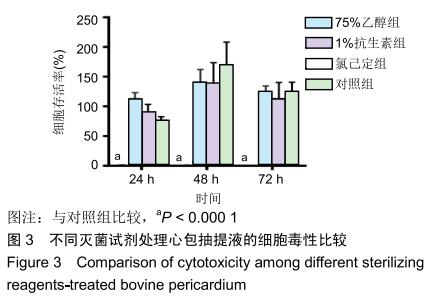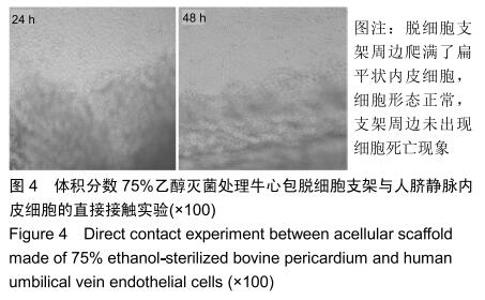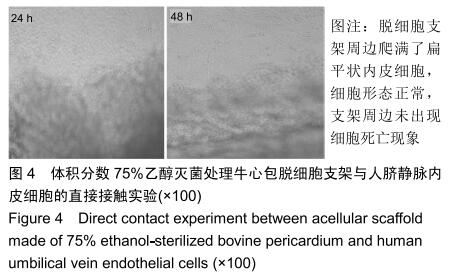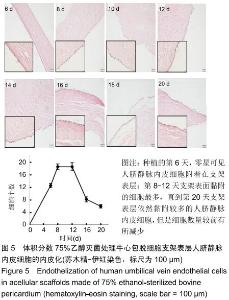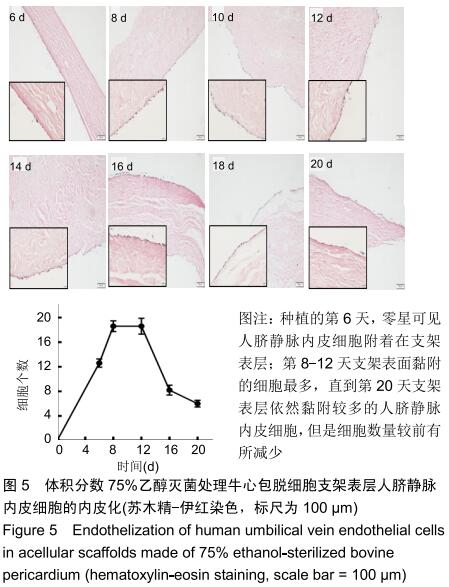|
[1] HOLUBEC T, CALISKAN E, SUNDERMANN SH, et al. Use of extracellular matrix patches in cardiac surgery.J Card Surg.2015;30(2):145-148.
[2] YI S, DING F, GONG L, et al. Extracellular Matrix Scaffolds for Tissue Engineering and Regenerative Medicine. Curr Stem Cell Res Ther. 2017;12(3): 233-246.
[3] FIORETTA ES, DIJKMAN PE, EMMERT MY, et al.The future of heart valve replacement: recent developments and translational challenges for heart valve tissue engineering.J Tissue Eng Regen Med.2018;12(1): e323-e335.
[4] DOGAN A, ELCIN AE, ELCIN YM.Translational Applications of Tissue Engineering in Cardiovascular Medicine.Curr Pharm Des.2017;23(6): 903-914.
[5] POKRYWCZYNSKA M, GUBANSKA I, DREWA G, et al. Application of bladder acellular matrix in urinary bladder regeneration: the state of the art and future directions.Biomed Res Int.2015;2015: 613439.
[6] ORTIZ JA. Clinical Outcomes in Breast Reconstruction Patients Using a Sterile Acellular Dermal Matrix Allograft.Aesthetic Plast Surg. 2017; 41(3):542-550.
[7] XIA C, MEI S, GU C, et al.Decellularized cartilage as a prospective scaffold for cartilage repair.Mater Sci Eng C Mater Biol Appl.2019;101: 588-595.
[8] SYED O, WALTERS NJ, DAY RM, et al. Evaluation of decellularization protocols for production of tubular small intestine submucosa scaffolds for use in oesophageal tissue engineering.Acta Biomater.2014;10(12): 5043-5054.
[9] HARRELL CR, DJONOV V, FELLABAUM C, et al. Risks of Using Sterilization by Gamma Radiation: The Other Side of the Coin.Int J Med Sci.2018;15(3): 274-279.
[10] PHIPPS A, VAYNSHTEYN E, KOWALSKI JB, et al. Chemical sterilization of allograft dermal tissues.Cell Tissue Bank.2017;18(4): 573-584.
[11] GRASMAN JM, O'BRIEN MP, ACKERMAN K, et al. The Effect of Sterilization Methods on the Structural and Chemical Properties of Fibrin Microthread Scaffolds. Macromol Biosci.2016; 16(6): 836-846.
[12] DEARTH CL, KEANE TJ, CARRUTHERS CA, et al. The effect of terminal sterilization on the material properties and in vivo remodeling of a porcine dermal biologic scaffold. Acta Biomater. 2016;33: 78-87.
[13] 袁洽劻.常用消毒与灭菌方法[J].中国消毒学杂志, 2010,27(2):234-237.
[14] DAI Z, RONHOLM J, TIAN Y, et al. Sterilization techniques for biodegradable scaffolds in tissue engineering applications.J Tissue Eng. 2016;7:2041731416648810.
[15] RAINER A, CENTOLA M, SPADACCIO C, et al. Comparative study of different techniques for the sterilization of poly-L-lactide electrospun microfibers: effectiveness vs. material degradation. Int J Artif Organs. 2010;33(2): 76-85.
[16] ODELIUS K, PLIKK P, ALBERTSSON AC. The influence of composition of porous copolyester scaffolds on reactions induced by irradiation sterilization.Biomaterials.2008;29(2): 129-140.
[17] BONENFANT NR, SOKOCEVIC D, WAGNER DE, et al. The effects of storage and sterilization on de-cellularized and re-cellularized whole lung. Biomaterials.2013;34(13): 3231-3245.
[18] FIDALGO C, IOP L, SCIRO M, et al. A sterilization method for decellularized xenogeneic cardiovascular scaffolds. Acta Biomater. 2018; 67: 282-294.
[19] 杨雨昆,赵敏.不同灭菌方式与羊膜上皮细胞活性:以组织形态及肝细胞生长因子和金属蛋白酶组织抑制剂1为标准的评价[J].中国组织工程研究与临床康复,2010,14(33):6151-6154.
[20] HELDER MR, HENNESSY RS, SPOON DB, et al. Low-Dose Gamma Irradiation of Decellularized Heart Valves Results in Tissue Injury In Vitro and In Vivo. Ann Thorac Surg.2016;101(2): 667-674.
[21] HENNESSY RS, JANA S, TEFFT BJ, et al. Supercritical carbon dioxide-based sterilization of decellularized heart valves. JACC Basic Transl Sci.2017;2(1): 71-84.
[22] SCOGNAMIGLIO F, BLANCHY M, BORGOGNA M, et al. Effects of supercritical carbon dioxide sterilization on polysaccharidic membranes for surgical applications. Carbohydr Polym.2017;173:482-488.
[23] SUGIMOTO H, SACKS MS. Effects of Leaflet Stiffness on In Vitro Dynamic Bioprosthetic Heart Valve Leaflet Shape. Cardiovasc Eng Technol.2013;4(1): 2-15.
[24] CHRISTIAN AJ, LIN H, ALFERIEV IS, et al. The susceptibility of bioprosthetic heart valve leaflets to oxidation. Biomaterials.2014;35(7): 2097-2102.
[25] BADYLAK SF. Decellularized allogeneic and xenogeneic tissue as a bioscaffold for regenerative medicine: factors that influence the host response. Ann Biomed Eng. 2014;42(7):1517-1527.
[26] DAROUICHE RO. Treatment of infections associated with surgical implants.N Engl J Med. 2004;350(14):1422-1429.
[27] EASTLUND T. Bacterial infection transmitted by human tissue allograft transplantation. Cell Tissue Bank.2006;7(3): 147-166.
[28] HENG WL, ALBRECHT H, CHIAPPINI P, et al. International heart valve bank survey: a review of processing practices and activity outcomes.J Transplant.2013;2013:163150.
[29] AFSHAR M, LUK K, DO R, et al. Association of Triglyceride-Related Genetic Variants With Mitral Annular Calcification. J Am Coll Cardiol. 2017;69(24): 2941-2948.
[30] CAPOULADE R, CHAN KL,YEANG C, et al. Oxidized Phospholipids, Lipoprotein(a), and Progression of Calcific Aortic Valve Stenosis.J Am Coll Cardiol.2015;66(11):1236-1246.
|
